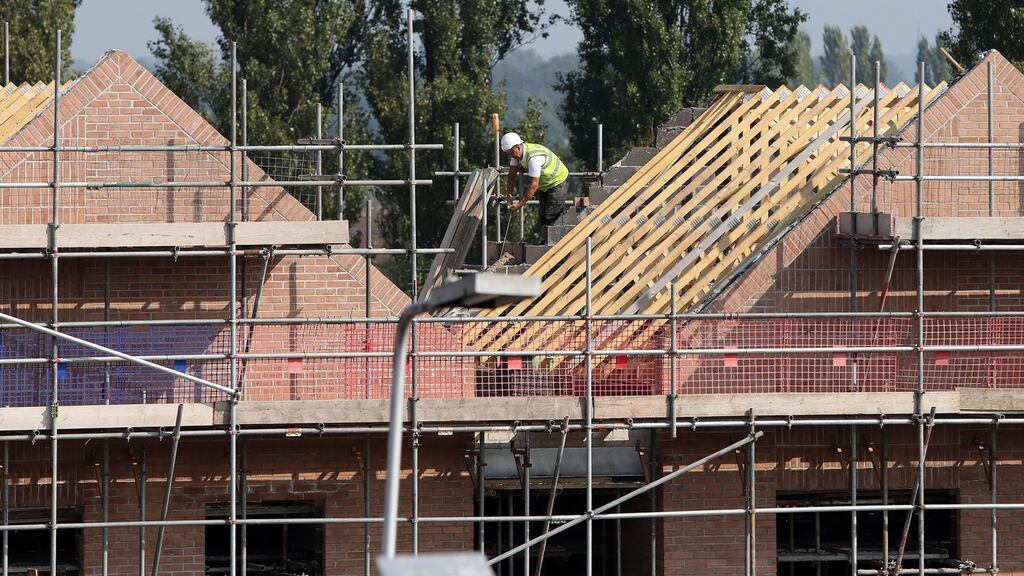Legislation allowing applications for large-scale housing developments to be made directly to An Bord Pleanála, bypassing local authority decision makers, will be published today.
The Planning and Development and Residential Tenancies Bill 2016, will also stop “institutional” landlords who plan to sell 20 or more homes in a development, evicting sitting tenants.
The Bill coincides with the publication by the Department of Housing of construction figures for the first nine months of the year that show an increase of almost one third in the number of homes built in Dublin on the same period last year.
The Bill gives effect to the commitment made under Rebuilding Ireland last July, to “fast-track” decision making for large scale housing and student accommodation schemes. Instead of developers applying to their local authority, whose decisions could then be appealed to An Bord Pleanála, applications for developments of more than 100 homes, or blocks of 200 student bedspaces, would be made directly to the board.
The board will be required to hold pre-application consultations with developers and the relevant local authority for a maximum period of nine weeks, prior to the submission of an application. It will then have up to 16 weeks to decide whether to grant permission,during which time the public, councillors and the local authority could make submissions.
The fast-track provision will be in place for three years with a possible two-year extension if the housing crisis continues. The Irish Planning Institute has criticised the measure, saying it will damage democracy and increase the risk of judicial reviews of planning decisions.
Tenants’ rights
The changes in relation to tenant rights in the Bill will mean that where 20 or more rented houses or apartments in an estate are being sold within a six-month period, the sales will be conditional on the existing tenants remaining in situ. The provision is designed to prevent a recurrence of the situation at an estate in Tyrrelstown in west Dublin where large numbers of tenants were simultaneously served with termination notices.
New figures show 3,865 homes were completed in Dublin in the first nine months of the year, an increase of 32 per cent on the same period in 2015, with 14,259 homes built nationally, a 17 per cent increase on the September 2015 completion figures.
The statistics appear to indicate that residential construction is growing at a far faster rate in Dublin and its commuter counties. When the figures for the greater Dublin area, which include Dublin, Meath, Kildare and Wicklow, are collated it shows the number of completed homes is up 28 per cent for the first nine months to 5,739, while in the rest of the country, 8,520 homes have been built, a 11 per cent increase on the first nine months of 2015.
However, the number of homes on which construction started this year shows a different picture.
Up to the end of September work started on 9,962 homes nationally, a 35 per cent increase on the same period last year, but the rate of new construction in Dublin lags significantly behind the rest of the country. In the capital, building started on 3,029 homes, a 5 per cent increase, and in the greater Dublin area there was a 16 per cent increase up to 5,093 homes.
However in the rest of the country the number of homes newly under construction increased by 61 per cent on the first nine months of last year to 4,869.
According to the Government's Housing Agency, 25,000 homes need to be built annually, about 10,000 of which are needed in Dublin.








